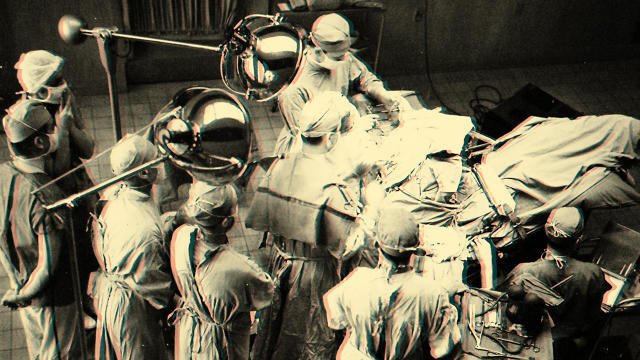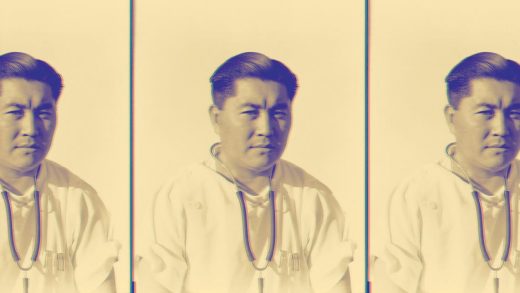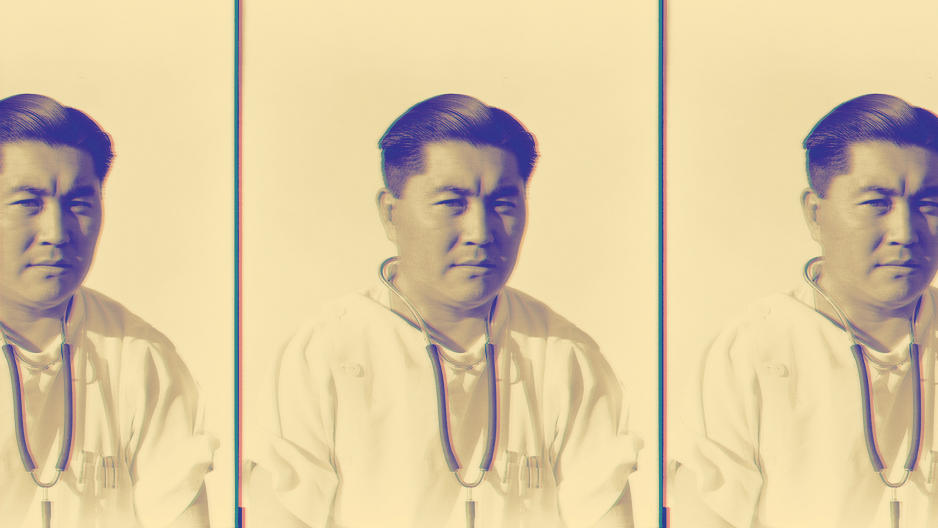Millennials, We Need Your Help To Fix Health Care
Seventy-five years ago, America and the free world faced an existential threat from the Axis powers—and the so-called “greatest generation” responded. There’s no doubt that people who were 18 to 35 years old in 1942 paid the heaviest price earning their place in the pantheon of history. I believe, today, our country faces a challenge of that magnitude.
If one takes a sober look at collateral damage from an extremely expensive and dysfunctional health care system, both to doctors and patients, I believe that we have gone to war for far less than what the health care system is doing to America. The following is a small sampling:
- A Rand study showing how the high cost of health care is the primary reason wages have been suppressed for the middle class.
- Billl Gates’ TED talk detailing how inflated health care fees are choking off funding to schools.
- Proceedings from Mayo Clinic showing how over half of doctors are experiencing burnout in large part due to the fact that they’re spending two hours on paperwork for every hour of patient time.
- A BMJ report on how preventable medical mistakes are now the third leading cause of death in America.
A Willis Towers Watson survey of more than 5,000 U.S. employees found that 80% of workers under the age of 30 say their generation will be “much worse off” in retirement than their parents’ generation. Their feelings were confirmed in a recent study of Federal Reserve data showing millennials earning 20% less than their parents at the same age. And while the Affordable Care Act was flawed, the prospect of it being repealed without a replacement and leaving 20 million people without insurance is the definition of a crisis.
The most optimistic scenario for young people today was laid out in David Goldhill’s recent non-fiction book Catastrophic Care: A young woman named Becky spent half of her lifetime earnings on health care.
Millennials can do a lot to prevent that from happening. Solutions to many of the major societal problems in my lifetime have been found though grassroots movements, whether it was civil rights, higher-quality food, climate change, or energy independence. People in their twenties and thirties have played a prominent role in pushing for change and bringing these issues to light.
In recent years, I’ve seen a lot of millennials wake up to the reality of a health care system that is designed as a near-perfect polar opposite of what they want: an experience that is transparent, always-on, and mobile. Many older millennials have had personal brushes with the health system with a parent or family member getting over-treated and over-billed. This problem was recently highlighted in a series in the Lancet, a top medical journal.
For many young health entrepreneurs, devastating experiences like this have catalyzed them to action: They want to end the status quo. Benefits consultant Jim Millaway watched as employees hired by his benefits consulting clients got financially wrecked by health care bills, while individual clinicians were suffering under flawed health insurance plans. This experience inspired Jim to work with a physician, Keith Smith, to develop a transparent medical market that typically delivers prices 40%-50% lower than so-called PPO “discounts” by dramatically streamlining the process for both the patient and their doctor.
The Way Out Of Health Care’s Nightmare
The good news is that employers all across America in virtually every sector have proven that even with very tough challenges, such as the burden of costly chronic disease, they can spend 20%-55% less per capita on health benefits, all without sacrificing quality. This has happened in places as diverse as Valdosta, Georgia; Kirkland, Washington; Milwaukee; Orlando; Tulsa; and Pittsburgh.
While it’s challenging to read health care’s tea leaves, it appears that employees (the vast majority of Americans get their coverage through work) will have increasing responsibility for their health benefits decisions in a similar manner to retirement benefits decisions. Employers have realized that they are really the insurance company—they are actually paying the bills and many have reached a breaking point financially—and are taking back control of what is often their second biggest expense. Two-thirds of the workforce (100 million people) work for self-insured companies who pay health care claims. These companies are finding a wide array of startups, from The Zero Card to Collective Health to League and many others, to help reduce health care costs. In a nutshell, they are cutting out middlemen who have driven health care costs up, not down.
One of the smart approaches I’ve seen some employers take is to transition health benefits in the same way communities transitioned from technologies like steam to electricity. There wasn’t a magical day when the old way was turned off and electricity turned on. Rather, the transition took years. Many smart employers are introducing a new benefits package, but allowing the old, wasteful health benefits to continue. Generally, the old benefits package rewards a volume-based practice, where primary care typically involves seven-minute appointments. Patients are routinely referred to specialists, quickly prescribed a medication, and/or receive an expensive test. In contrast, the new benefits packages are intended to restore primary care to what it once was, meaning that the physician will handle most of the issues that people come into their clinic for. Any increased spending in a primary care setting is far outweighed by saving on unnecessary referrals, imaging, hospitalizations, and surgeries.
This might seem counterintuitive but the new benefits package is often positioned as the “Tier 1” offering. Meanwhile, the old one essentially becomes “Tier 2,” so employees are welcome to continue paying more for less if they choose to. New employees get defaulted into the new Tier 1 plan. Because millennials are often the new employees and open to new solutions, they often lead the charge.
Moreover, I’ve watched how millennials have become the early adopters and evangelizers of new approaches. And they’re willing to push for change, punishing Big Food and Soda, for instance, by buying less processed food and soda. The Christian Science Monitor recently published a broad analysis of how widespread the millennial impact is on the food industry. I hope that the health care system is next.
At my nonprofit organization, the Health Rosetta Institute, we provide an open-source blueprint for how to purchase health care services wisely, whether it’s an employer, public entity, or an individual, and we guide the industry in how to respond. That involves drawing upon lessons from other sectors that so many millennials seem to intuitively understand. For example, many young people have grasped the impact Fair Trade and LEED have had on the food and building industries. Campaigns like “Buy Local” are also relevant as we think about a next-generation health system that doesn’t just provide sick care, but overall care. With employers, it’s about getting them to update their benefits approach. With communities, it’s about encouraging local schools to follow the lead of Pittsburgh, where teachers’ unions and school leaders are realizing they can slash health care costs by improving benefits.

What’s Next?
Another promising sign is that former adversaries are now starting to team up to fix health care. This was at the heart of the stunning success in Pittsburgh where teacher unions and school management realized their interests were aligned to provide value-based primary care and ultimately to cut their health care costs. And one of the most consequential pieces of health care legislation since Medicare, known as MACRA, passed 92-8 in the Senate in 2015.
This kind of forward-thinking isn’t confined to a single political party or movement. So many of us have had an awakening that we don’t need a left solution or a right solution.
But of course, there are 3 trillion reasons to protect health care’s status quo. Millions of lobbyists’ dollars are spent on a local, state, and federal level to preserve such a wildly underperforming system. Those looking to protect the current state of affairs (hospitals, insurers, and pharma) will try to politicize health care and use fear, uncertainty, and doubt to advance their interests.
To stop progress, there’s nothing easier to politicize and frighten people with than health care. After all, it’s life and death, right? But change agents must inoculate themselves against the enablers of the status quo who benefit themselves—at the cost of our health and our wealth—when they disseminate the idea that health care is too complex to fix. That is simply false.
This is the millennials’ moment. They won’t be alone but they, more than anyone, face the devastating consequences of an out-of-control health care system that threatens the future of our country. When they rise to the occasion, I believe they’ll be remembered as the Greatest Generation of the 21st century.
Fast Company , Read Full Story
(13)



